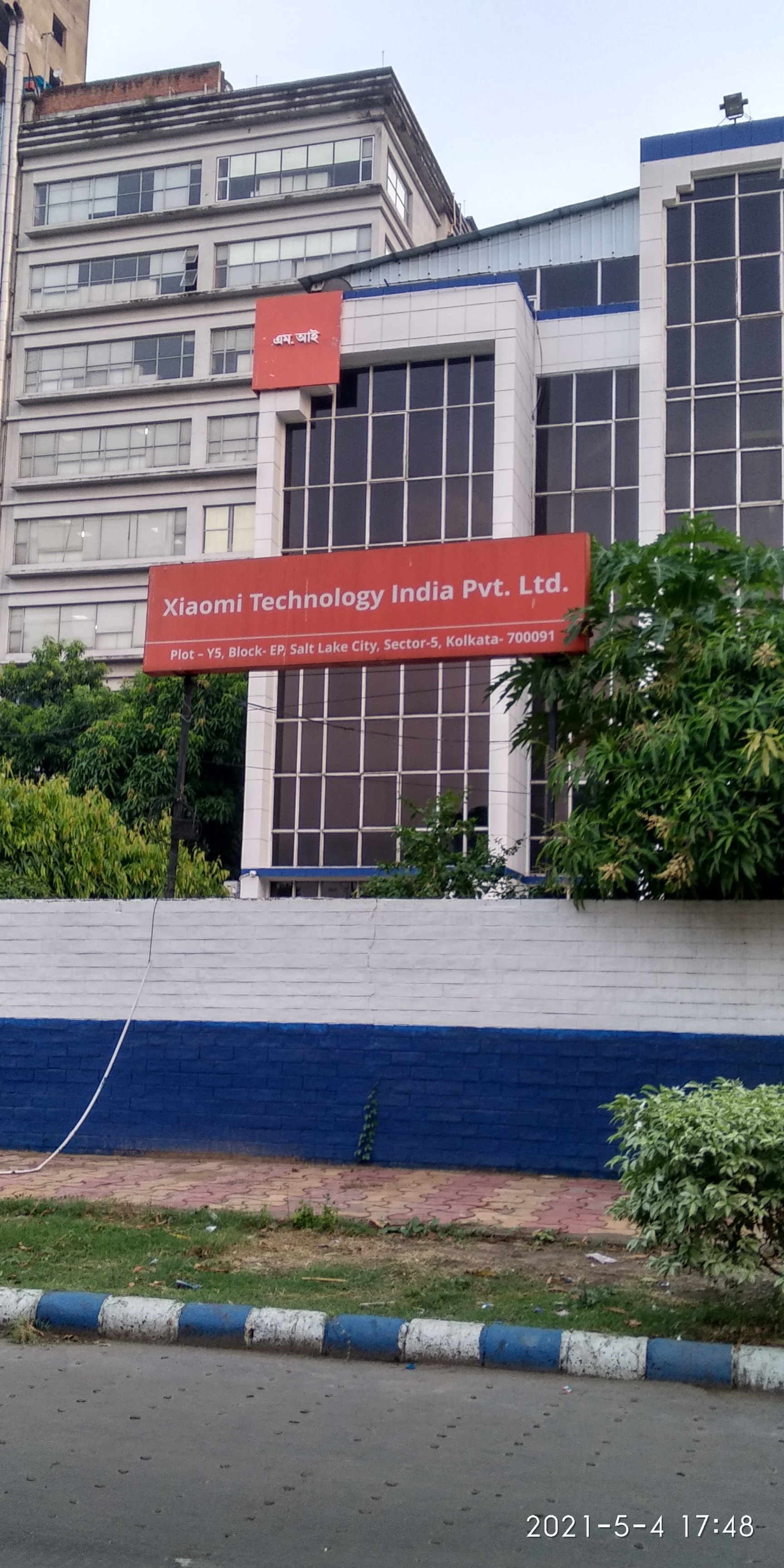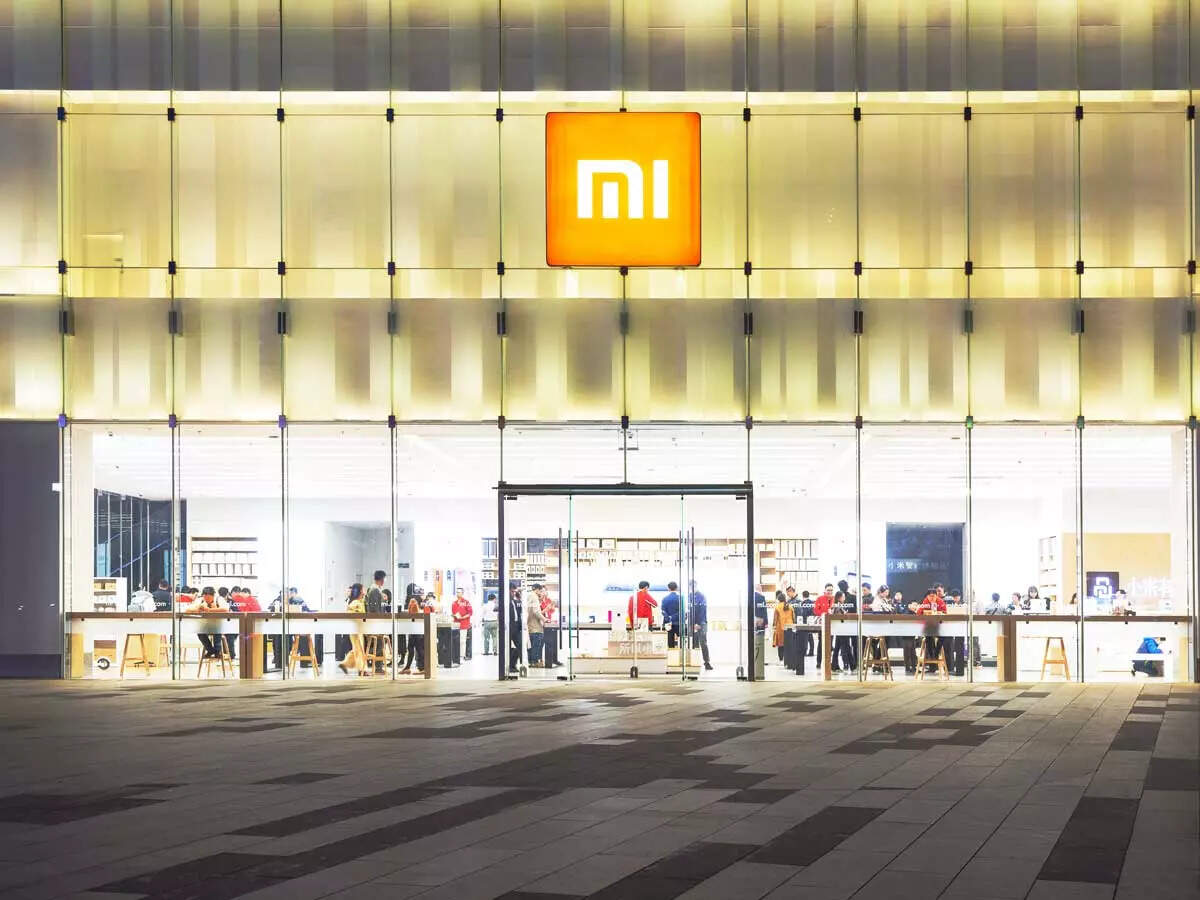Xiaomi technology India Private Limited: A Deep Dive into its Rise, Strategies, and Impact
Xiaomi Technology India Private Limited, a subsidiary of the global tech giant Xiaomi Corporation, has become a formidable force in the Indian market. From its disruptive entry with value-for-money smartphones to its expanding ecosystem of smart devices, Xiaomi’s journey in India is a compelling narrative of strategic adaptation, aggressive marketing, and a deep understanding of consumer preferences. This article delves into the various facets of Xiaomi India, exploring its inception, product portfolio, marketing strategies, challenges, and future prospects.
Xiaomi’s entry into India in 2014 was a calculated move, recognizing the vast potential of the burgeoning smartphone market. It adopted a direct-to-consumer, online-first strategy, leveraging flash sales on e-commerce platforms like Flipkart and Amazon India. This approach drastically reduced overhead costs, allowing Xiaomi to offer feature-rich smartphones at incredibly competitive prices.
The Disruptive Pricing Model:

Xiaomi’s “honest pricing” philosophy resonated strongly with Indian consumers, who were seeking value without compromising on features.
Building a Robust Distribution Network:
While initially focused on online sales, Xiaomi progressively expanded its offline presence through Mi Home stores, preferred partner stores, and authorized retailers.
Xiaomi’s ambition extended beyond smartphones. It aimed to create a comprehensive ecosystem of smart devices, catering to diverse consumer needs.
Smart Home Solutions:

The Mi Smart Home ecosystem encompasses a range of products, including smart TVs, air purifiers, security cameras, and lighting solutions.
Wearable Technology and Audio Devices:
Xiaomi’s Mi Band series has become a popular choice for fitness enthusiasts, offering affordable and feature-packed fitness trackers.
Power Banks and Accessories:
Xiaomi’s power banks are renowned for their reliability and affordability, becoming a staple accessory for many smartphone users.
Xiaomi’s marketing strategies in India have been characterized by aggressive campaigns, influencer marketing, and a strong focus on community building.
Online Marketing and Social Media Engagement:
Xiaomi leverages social media platforms to engage with its audience, conduct flash sales, and promote new product launches.
Influencer Marketing and Brand Ambassadors:
Xiaomi collaborates with popular influencers and celebrities to endorse its products and reach a wider audience.
Community Building and Fan Engagement:
Xiaomi has cultivated a loyal community of “Mi Fans” through online forums, offline events, and social media groups.
Despite its remarkable success, Xiaomi faces several challenges in the highly competitive Indian market.
Intense Competition:
The Indian smartphone market is fiercely competitive, with numerous domestic and international players vying for market share.
Supply Chain Disruptions:
Global supply chain disruptions, particularly during the COVID-19 pandemic, have impacted Xiaomi’s ability to meet demand.
Data Privacy and Security Concerns:
As a Chinese company, Xiaomi has faced scrutiny over data privacy and security concerns.
Evolving Consumer Preferences:
The Indian consumer is becoming more discerning, with increasing demand for premium features and innovative technologies.
Xiaomi’s future in India hinges on its ability to navigate the challenges, capitalize on emerging opportunities, and continue to innovate.
Focus on Premiumization:
Xiaomi is increasingly focusing on the premium segment, launching flagship smartphones with advanced features and cutting-edge technologies.
Expansion of Offline Retail:
While online sales remain a crucial component of Xiaomi’s strategy, the company is expected to further expand its offline retail presence.
Investment in Research and Development:
Xiaomi is investing heavily in research and development to develop innovative technologies and products.
Strengthening the Ecosystem:
Xiaomi will continue to expand its ecosystem of smart devices, offering a seamless and connected experience for consumers.
Localization and Manufacturing:
Xiaomi’s entry into India has had a profound impact on the smartphone and consumer electronics market.
Democratization of Technology:
Xiaomi’s affordable pricing has made advanced smartphone features accessible to a wider audience, democratizing technology in India.
Increased Competition and Innovation:
Xiaomi’s disruptive entry has intensified competition in the market, forcing other players to innovate and offer better value propositions.
Growth of the E-commerce Market:
Xiaomi’s online-first strategy has contributed to the growth of the e-commerce market in India.
Xiaomi Technology India Private Limited has established itself as a major player in the Indian market, driven by its disruptive pricing, innovative products, and effective marketing strategies. While the company faces challenges in a highly competitive environment, its focus on premiumization, ecosystem expansion, and localization positions it for continued growth. Xiaomi’s journey in India is a testament to the power of strategic adaptation and a deep understanding of consumer needs. As the Indian market continues to evolve, Xiaomi’s ability to innovate and adapt will determine its long-term success.



